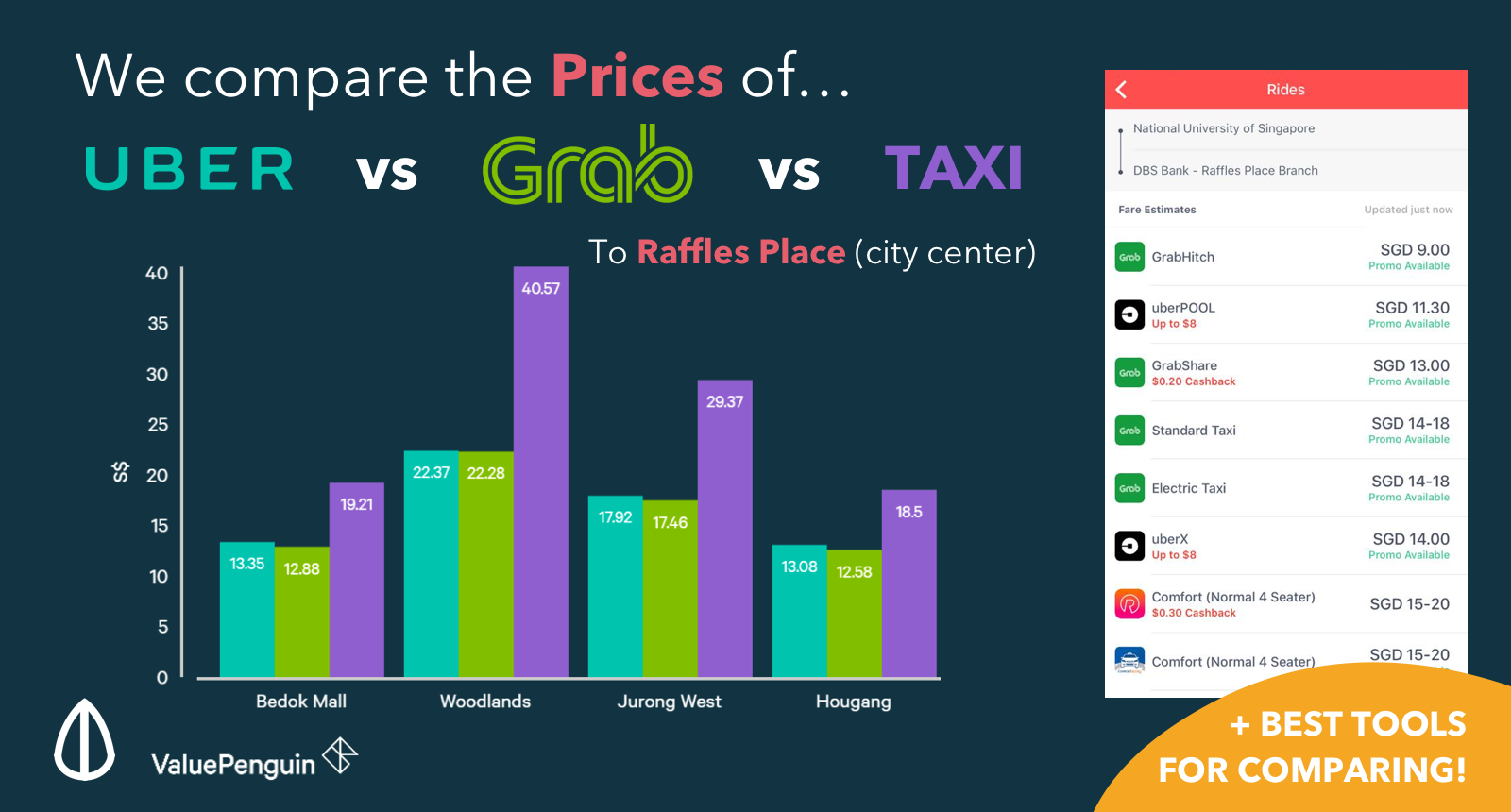Hi Kimberley, thanks for your question!
Floating rates are mortgage rates pegged to a fluctuating variable.
For example, the fixed deposit rate of a bank, the board rate of a bank, the Singapore Overnight Rate Average (SORA), or the Singapore Inter Bank Offered Rate (SIBOR).
So, SIBOR itself is a floating rate.
Both SIBOR and SORA are more transparent rates as they are publicly disclosed and pegged to market forces, but they are more volatile as well.
FD-linked rates and board rates are traditionally more stable, however they are ultimately controlled internally by the bank itself, and may therefore adjust up or down with no apparent reason.
There are both pros and cons for every rate. Here's a simplified table that hopefully clarifies what I said earlier.

In my opinion, I would rather go for SIBOR as it is the most transparent. When SIBOR is high, it is usually because market forces are bullish. Currently, SIBOR is low once again - having fallen at the start of last year.













Hi Kimberley, thanks for your question!
Floating rates are mortgage rates pegged to a fluctuating variable.
For example, the fixed deposit rate of a bank, the board rate of a bank, the Singapore Overnight Rate Average (SORA), or the Singapore Inter Bank Offered Rate (SIBOR).
So, SIBOR itself is a floating rate.
Both SIBOR and SORA are more transparent rates as they are publicly disclosed and pegged to market forces, but they are more volatile as well.
FD-linked rates and board rates are traditionally more stable, however they are ultimately controlled internally by the bank itself, and may therefore adjust up or down with no apparent reason.
There are both pros and cons for every rate. Here's a simplified table that hopefully clarifies what I said earlier.
In my opinion, I would rather go for SIBOR as it is the most transparent. When SIBOR is high, it is usually because market forces are bullish. Currently, SIBOR is low once again - having fallen at the start of last year.